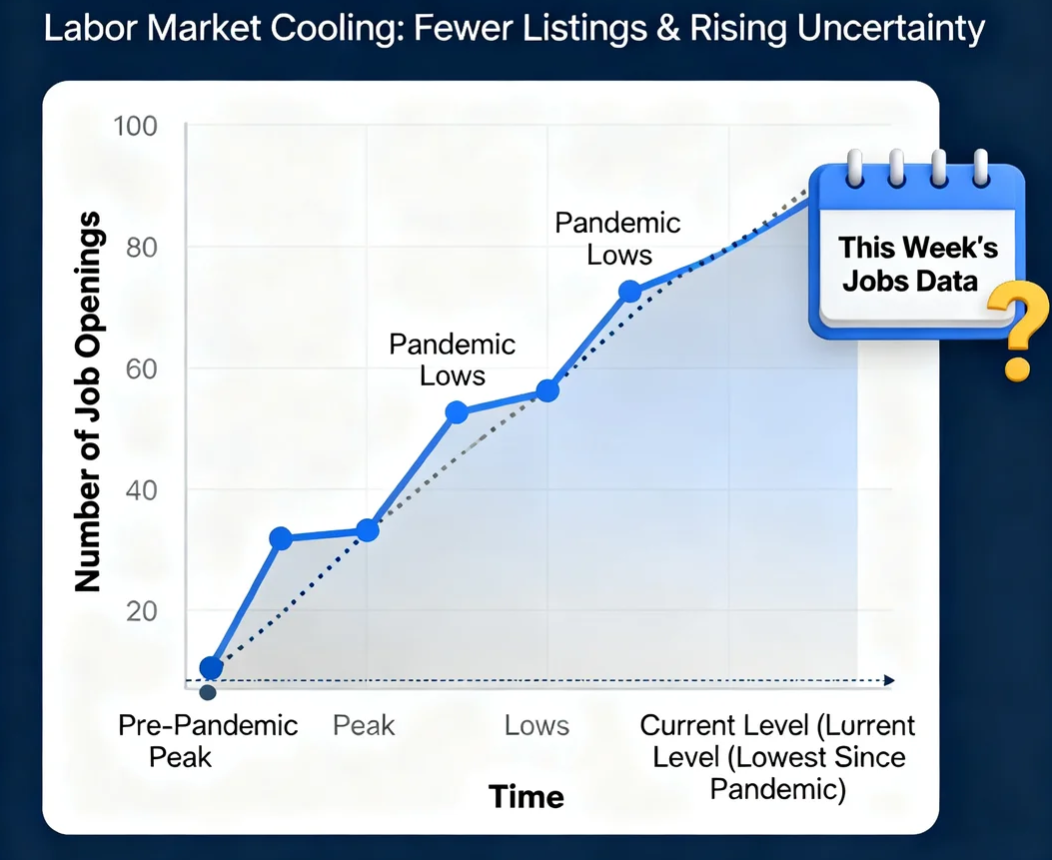In a world clouded by inflation, high interest rates, and persistent economic uncertainty, consumers are rewriting the rules of spending. Welcome to “Treatonomics” — a cultural and economic phenomenon where small indulgences and life-affirming splurges take center stage as people look for joy in uneasy times.
The Rise of Everyday Luxuries
From a $20 lipstick to a $200 concert ticket, spending on “little treats” has become a barometer of consumer mood. The idea is simple: if you can’t afford a new sofa, you buy a decorative throw; if a designer outfit is out of reach, a tube of lipstick or a scented candle can provide the lift you need.

This is hardly new. Economists have long tracked the “lipstick effect,” first observed during the Great Depression, when consumers under financial strain turned to affordable luxuries. Leonard Lauder, then-chairman of Estée Lauder, famously revived the concept in the 2000s when he noticed lipstick sales spiking after the Sept. 11 attacks.
But 2025’s “Treatonomics” goes further. Today, consumers are just as likely to cut corners at the grocery store by buying private-label products as they are to splurge on unforgettable experiences — from Beyoncé tickets to high-end dining — that deliver memories and a sense of escape.
Post-Pandemic Priorities: Experiences Over Things
The Covid-19 pandemic reshaped what people value. As retail analyst John Stevenson explains:
“Treatonomics is almost a step beyond the lipstick effect. People are trimming everyday costs but spending £500 to £1,000 on concert weekends, because those experiences feel worth it.”
It’s not just about concerts. Millennials and Gen Z are fueling the “Kidulting” movement, where nostalgia-driven purchases like LEGO sets (some priced over $1,000) offer comfort and joy. Meanwhile, social rituals are being reimagined: from breakup parties and dog birthdays to “resignation cakes” and diamonds as self-rewards.
Why Consumers Are Leaning In
Economists point to a mix of cultural and economic forces driving this shift. Meredith Smith, senior director at Kantar, calls it “the Lipstick Effect on steroids.” With milestones like homeownership, marriage, or early retirement becoming out of reach for many, people are choosing to celebrate “inch-stones” instead — the small wins or simply moments that bring joy.
“Life milestones are being reinvented or skipped altogether,” Smith notes. “Treatonomics fills that void by injecting everyday life with moments of delight.”
Confidence Is Shaky, but Spending Endures
In the U.K., consumer confidence fell in July, while in the U.S. it ticked slightly upward. Still, both remain far below pre-crisis highs, according to The Conference Board. Against this backdrop, Kantar has labeled the current era one of “Great Uncertainty,” predicting turbulence for at least another five years.
That very uncertainty may explain why “little treat culture” is booming. In a volatile world, small luxuries feel like manageable, guilt-free pleasures — psychological shock absorbers that help people navigate instability.
The Future of Treatonomics
Economists expect the trend to stick around for at least the next three to five years, though in ever-evolving forms. Micro-trends will fragment by geography and cultural niches, posing both opportunities and challenges for brands.
For now, though, the message is clear: whether it’s a lipstick, a LEGO set, or a once-in-a-lifetime concert ticket, consumers are choosing joy where they can find it — and spending their way into moments of happiness.

Leave a Reply